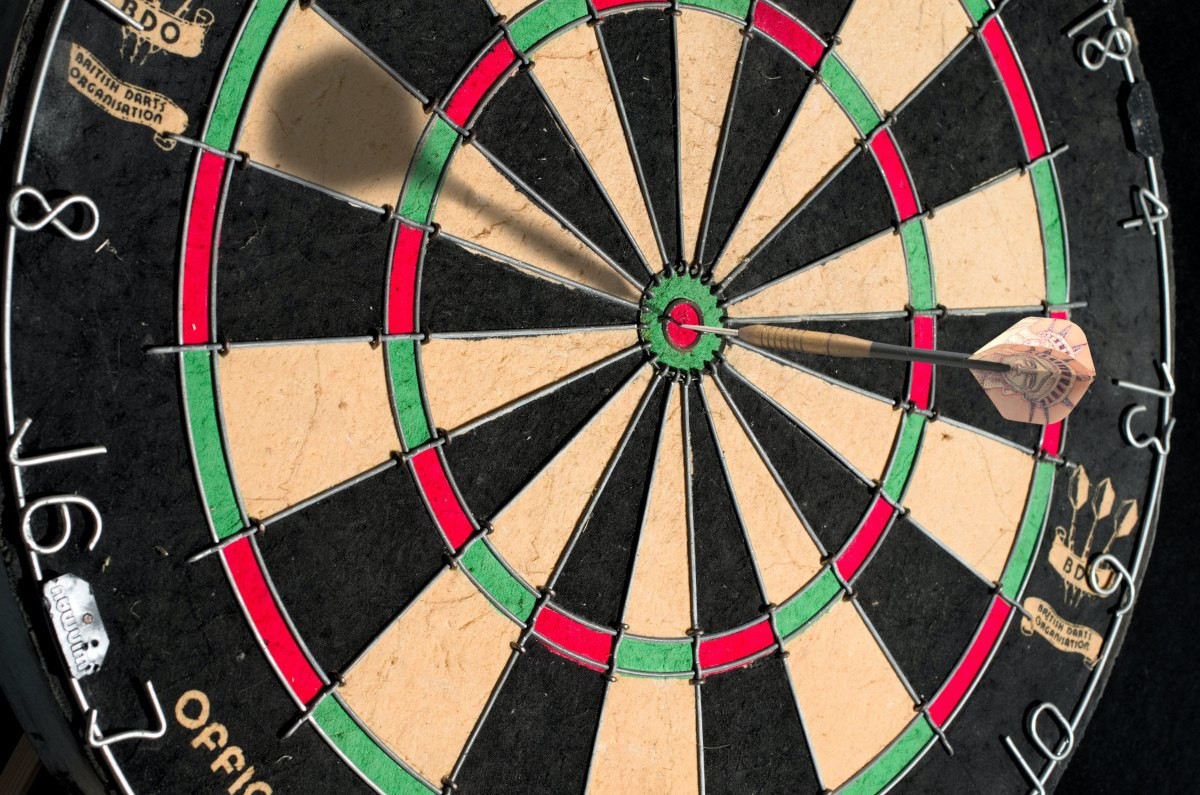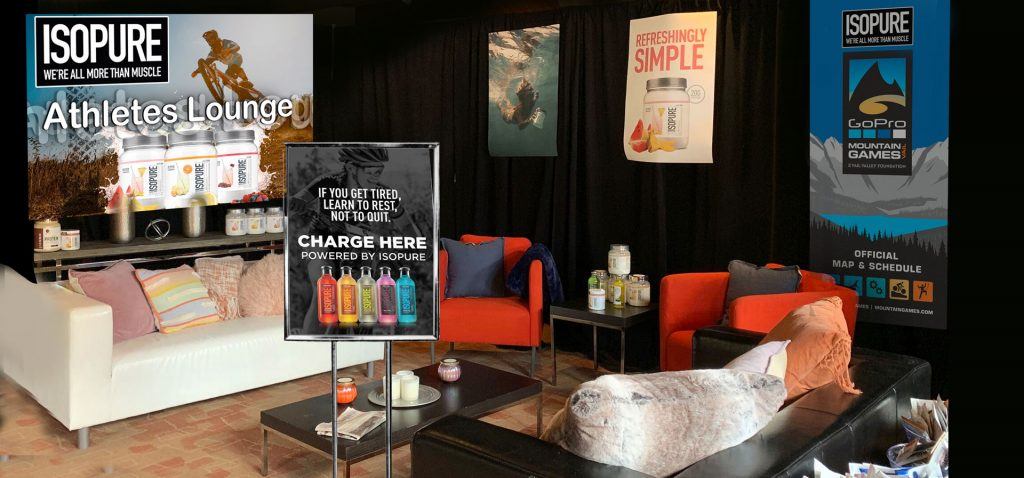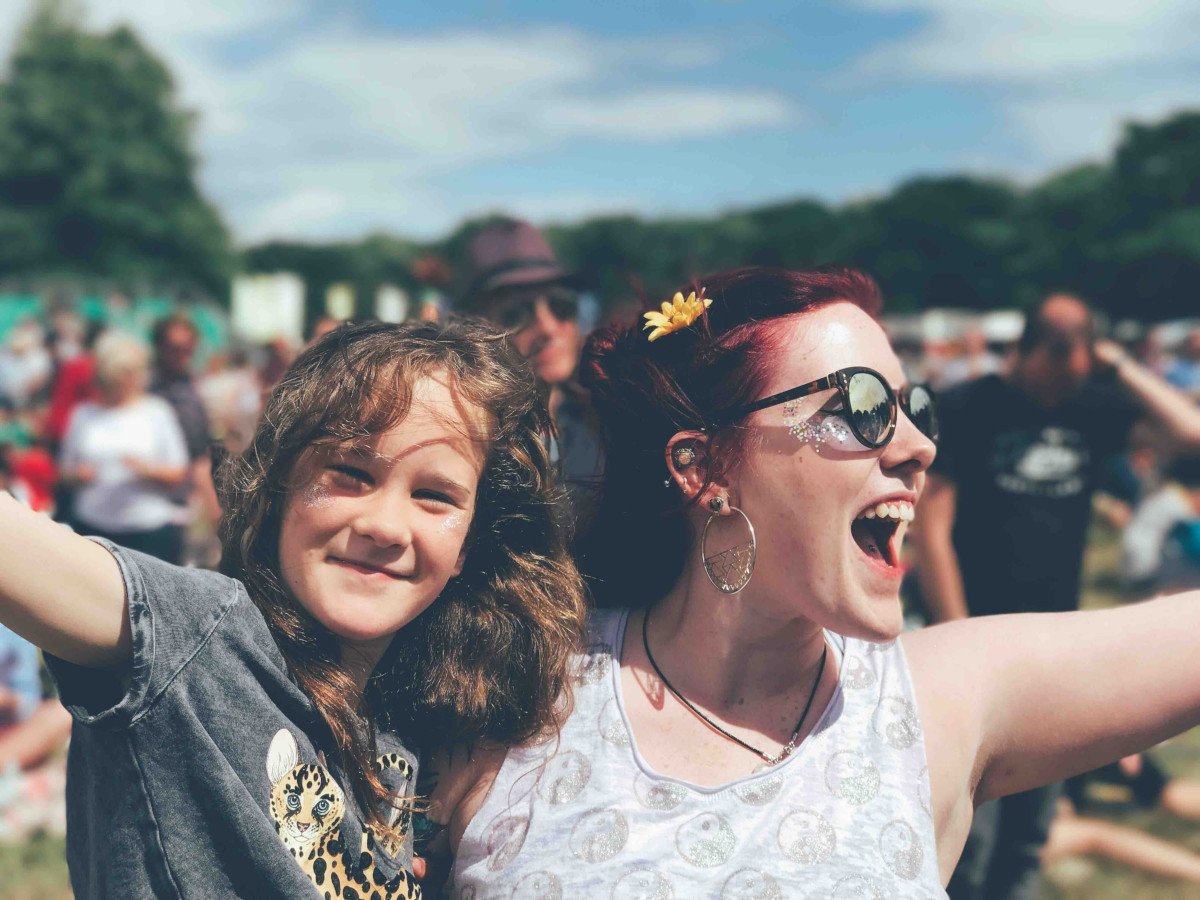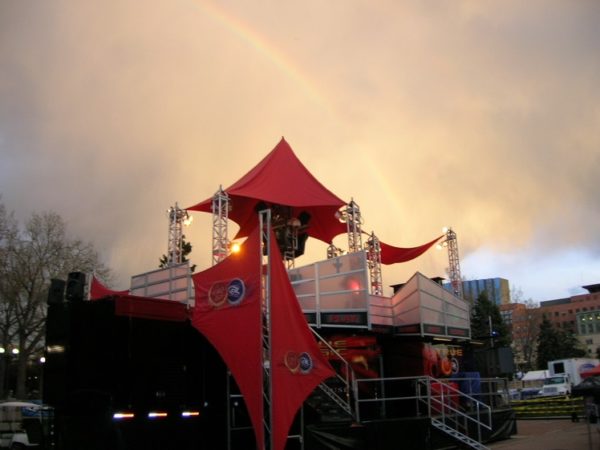No products in the cart.

How do you know you’re delivering the right message to the right people at the right time? You can create a fabulous message, but if you’re delivering it to consumers who are NOT likely to engage with your brand, you’re wasting valuable time and resources. Knowing how to identify your target audience is crucial to the success of your business. You may have more than one target audience, so it’s also essential to create messages that resonate with each of them. Let’s delve into how to identify your target audience.
What is a Target Audience?
Your target audience is a group of consumers who are most likely to want your product or service. Specific demographics and behaviors such as age, gender, socioeconomic status, location, cultural preferences, profession, interests, and more are all factors that make up your target audience.
Your target audience may have segments or niches as well. For example, a real estate agency might want to attract first-time buyers with smaller budgets as well as wealthier clients seeking a luxury vacation home. Likewise, a skincare company that makes products for men and women would want to market to them differently — and target niches within each gender, such as teens fighting acne or older women worried about wrinkles.
Roles Within Your Target Market
Your target audience also has characteristics beyond demographics and interests. For the most part, your target audience falls into one of two categories:
The Decision Maker: This consumer makes the purchase, even if they are not the person using the product or service. Using our skincare company example, men may use an aftershave lotion, but their wives or girlfriends are the ones choosing which product to buy.
The Influencer: These people may lack the ability to buy, but they wield a heavy influence over the buying decision. Gen Z, consumers born roughly between 1997 and 2012, have immense influence over how their parents and peers spend money, even if they’re not old enough to buy. Spouses/significant others, colleagues, friends, and family members typically play influencer roles.
The takeaway here is that you’ll want to craft messages that speak to both consumers.
Determine Your Ideal Customer
You’ll want to identify who your ideal customer is and their top concerns and desires. It can be helpful to create an avatar or a “perfect customer” for each target audience — their age, gender, marital/relationship status, location, income, and interests.
In our real estate example above, the first-time homebuyer might look something like this:
- Age: late 20s to early 30s
- Relationship status: recently engaged or married
- Desired location: suburb not too far from their workplace
- Income: stable and sufficient to afford a 10 to 15% down payment, monthly mortgage payments, and related expenses
- Interests: wants to start a family within a few years, so needs a home in a neighborhood suitable for children (parks, schools, recreation)
- Plans for the home: only residence / live in it for several years
Alternatively, the second vacation homebuyer might have these characteristics:
- Age: 50s to early 60s, retired or retiring soon
- Relationship status: married with adult children, possibly grandchildren
- Desired location: Upscale oceanfront resort community
- Income: Very high and stable, can easily afford a sizeable down payment and monthly mortgage payments
- Interests: golf, boating, tennis, country club membership
- Plans for the home: use it several times throughout the year for vacations and family gatherings / an investment opportunity so likely to sell when the time is right
The ideal messaging for attracting budget-constrained, first-time buyers would demonstrate how the agency can help them find an affordable home in a family-friendly neighborhood. In contrast, the best messaging to attract vacation homebuyers would showcase the agency’s expertise in finding luxury homes in desirable upscale communities.
The key takeaway here is that once you know specific details about who you want to attract to your brand, you’ll be better able to craft messages that appeal to them.
Determine Your Target Audience’s Pain Points
Another vital component to identifying your ideal customer is understanding their concerns and the problems they are trying to solve, known as pain points. Pain points can also be benefits or solutions that improve their lives in some way — make them feel healthier, wealthier or more attractive; save them time or money; reduce frustration or stress, etc.
Using our real estate agency example, pain points for the first-time buyer might be:
- I’m worried I’ll pick the wrong neighborhood.
- What if I can’t find any affordable homes I like?
- What if I find expensive problems in the house after the sale is final?
- Can I trust this agency to be fair and have my best interests in mind?
The vacation homebuyer’s pain points might be very different:
- I’m worried the home will lose value instead of appreciating.
- What about vandalism or theft while I’m not there — does the community provide adequate security?
- How likely is the home to be damaged or destroyed in a hurricane?
- Does this agency have expertise in identifying homes with a high likelihood of generating an appealing return on investment?
The key takeaway is that once you understand how your products or services can solve your target consumers’ pain points, you’ll have a much better chance of engaging with them.
Need help determining who your target audience is? We can help! Contact us today.




